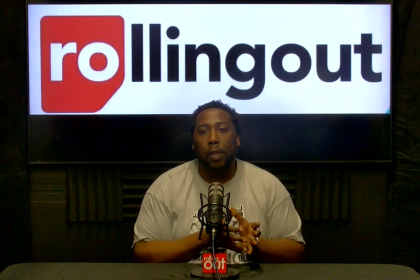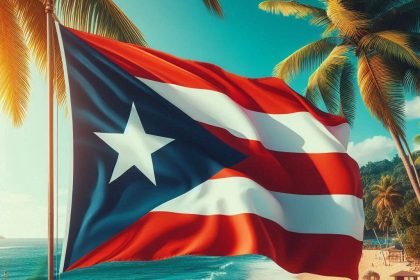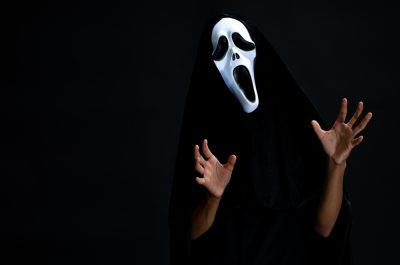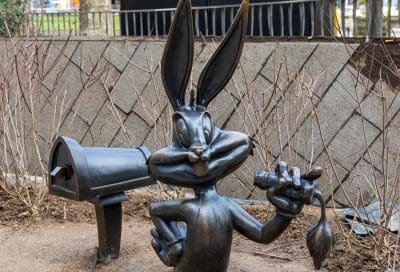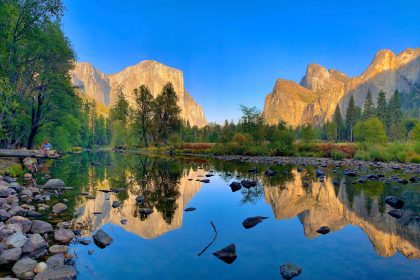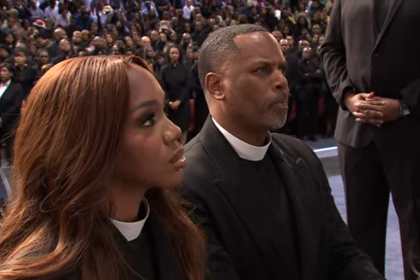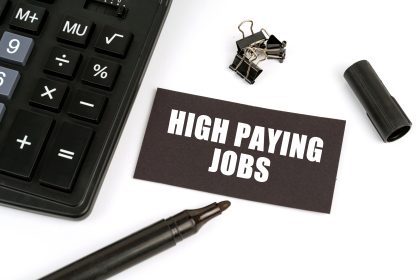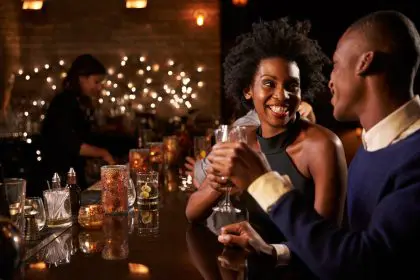When young people, mostly white, in the township of Keene, New Hampshire, this past weekend decided to throw beer bottles, set fires and vandalize property; many observers wondered aloud why these acts of violence weren’t as demonized by the general public as the riots associated with the protests that have occurred in Ferguson, Missouri, throughout the last two months. In the weeks that followed Ferguson police officer Darren Wilson’s murder of teenager Michael Brown, many citizens were more than willing to share their less-than-favorable view of black people and black youth, specifically. On social media, I personally witnessed numerous individuals and groups vilifying black people with hateful commentary in the wake of the first week of protests in Ferguson. The burning of a QuikTrip convenience store was met with dismissals of “animal behavior” and “this is how they are.” I myself was asked non-ironically, “When was the last time you saw white people behave like this?”
It has been suggested that it’s misguided to compare what’s happened in Keene to what’s been going on in Ferguson, due to the strikingly different reasons why these acts happened.
“It demeans Ferguson and St. Louis to compare them to Pumpkin Fest,” said Donna Murch, associate professor of history at Rutgers University in New Jersey, in an interview with CNN. “While the use of tear gas reflects how normative these militarized population control measures have become, Ferguson is a political movement, and looting (in Keene) is quite different from the civil disobedience we’re seeing in Ferguson.”
Murch is correct in the sense that these two scenarios are born of different circumstances; but recognizing how the incidents themselves are different does not obscure the fact that the difference in reactions merits scrutiny and criticism. The inherent racism in contemporary American culture distorts our view of young black people. When an entire society associates a demographic with violent or unruly behavior, it’s very easy to latch onto any perceived validation of that prejudice. Regardless of how many times we’ve seen white kids tear up property and each other; black kids are the ones being vilified.
Young white people rioting isn’t a rare occurrence in the United States or Europe. “Soccer hooligans” routinely assault people and destroy property after matches across Europe and other parts of the world. Fans rioted in Riverport, Missouri back in 1991 when Guns N Roses frontman, Axl Rose, stormed offstage mid-performance; and another G’NR-associated riot occurred months later in Montreal. At the now-infamous Woodstock 99 Festival; concertgoers started fires and became violent, with several assaults and rapes reported the three days of the event. When the Canucks lost the 2011 Stanley Cup to the Boston Bruins, mayhem erupted in the city’s downtown area; four people were stabbed, nine police officers were injured, and 101 people were arrested in the chaos, which occurred on June 15 of that year. Just five months later, a swarm of mostly-white Penn State University students rioted at that school in protest of the firing of legendary football coach Joe Paterno. Paterno had been found culpable in the coverup of child molestation incidents involving his longtime assistant, Jerry Sandusky. When Paterno was fired in the midst of the Sandusky charges, much of the student body responded by tipping police and media vehicles and damaging property.
But I don’t recall social media being overrun with people calling those rioters “thugs” or “animals.”
When we see young people, we see a reflection of ourselves; at least, we see a reflection of what we used to be. When I see young black people, I see youth in all of its brazen, courageous, impetuous glory. But for much of white America, black youth is synonymous with “black thug,” and thuggishness is associated with an entire people. How many white people even thought of those lighting fires in Ferguson as “rowdy kids?” How many made any distinctions based on age or background? How many asked if the violent protesters were in the minority or the majority of the crowd there to support Mike Brown’s family and call for justice? The “othering” of blackness means that none of those specifics matter; bad behavior is used to justify white supremacy and racism — as it has always been.
It’s not the clothes and it’s not the music — both of which have been appropriated by suburban white kids for decades now. It’s about America’s very real race problem and its ongoing denial about the fear of black people, especially young black people. So don’t be surprised that your white friends aren’t all that upset about Pumpkin Fest.
To them, it’s just kids being kids. It’s just too bad that our kids don’t get the same empathy, compassion or forgiveness.


